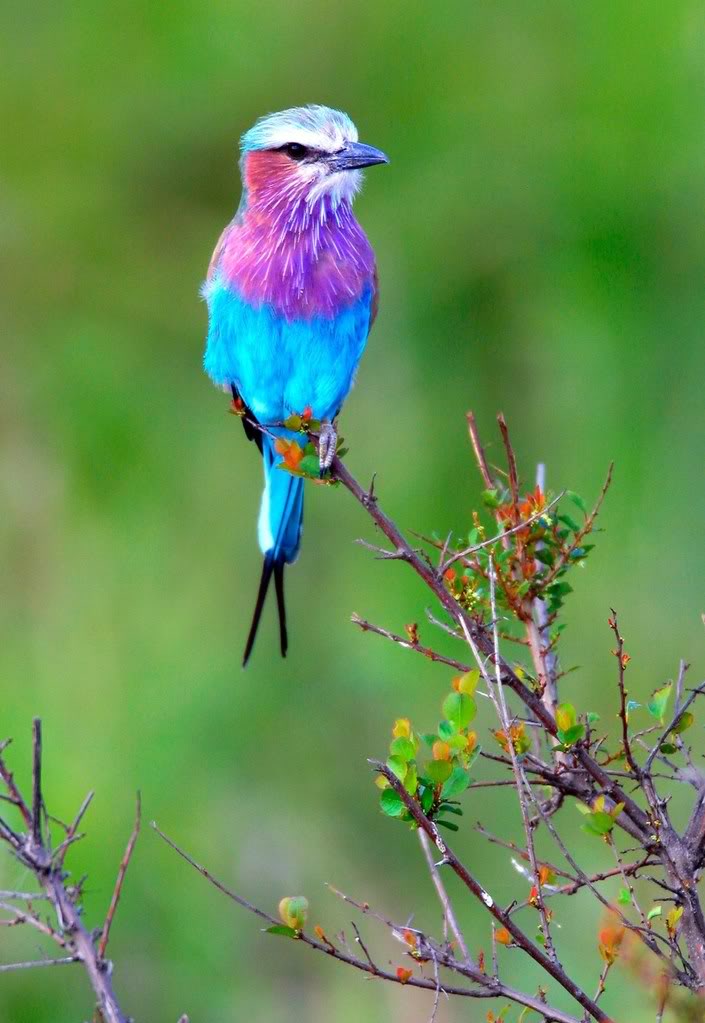I've taken somewhat of a hiatus from the world of blogging in exchange for spring break: working a landscaping job, bbqs, potlucks, and watching movies. Now I'm playing catch-up, and I just finished reading this post, "What Makes a Good Gardener" by Gayla Trail. It heartens me to read such sincere advice as spring unfolds and the fantasies of last fall and winter, while building beds and pouring over gardening catalogs, turn into the necessity of action, observation, real work, real failure, and real success.
Meanwhile, bees arrive in less than a week, and we still need to build the hive. A practice hive was built but not completed due to some flaws. Last week, I bought myself a bee suit, gloves, bees wax (to help attract the bees to their hive), and a year's supply of honey. My friend, a property manager, called and informed me that one of his properties has honeybees living in it by the thousands. I gave him a phone number for people who remove swarms, but no one is willing to go into the building and remove the colony. We're at a loss as to what to do.
The chicken coop is almost done. We just need to paint it and reinforce it in a few spots. The poults are getting a bit too big for their britches inside the house, resulting in dust and messed up sinuses and chicken poop on the floor and general stinky-ness, with one or the other of us calling out every now and then, "We live in a barn!" We did have them spend one night outside under the heat lamp which surprisingly resulted in feeling "empty nesty." But it was nice, for a minute, to have a clean project room again. Fearing cold, we brought them back in for a day, only to come home to a floor covered in pooh. So they were shipped back out again. The heating lamp is secure, and we're confident that they're staying warm.
The chicken coop is almost done. We just need to paint it and reinforce it in a few spots. The poults are getting a bit too big for their britches inside the house, resulting in dust and messed up sinuses and chicken poop on the floor and general stinky-ness, with one or the other of us calling out every now and then, "We live in a barn!" We did have them spend one night outside under the heat lamp which surprisingly resulted in feeling "empty nesty." But it was nice, for a minute, to have a clean project room again. Fearing cold, we brought them back in for a day, only to come home to a floor covered in pooh. So they were shipped back out again. The heating lamp is secure, and we're confident that they're staying warm.
Echinacea, butterfly weed, basil, and bergamot have all germinated, and most of my other seedlings are doing well. I'm a proud mamma-gardener. I'm thinking of throwing some sort of pagan May Day party, a celebration of the official start of the planting season, with body paint, poi, hula hoops, and a seedling exchange.
I found rose buds today.
I found rose buds today.
































